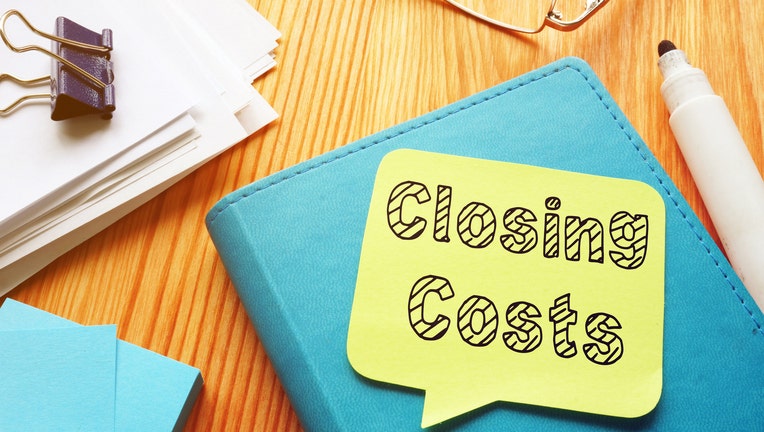How to refinance your mortgage without closing costs

Three key ways to lower closing costs – even to zero.
With refinance rates at record lows, mortgage refinance activity is high. There are many reasons to refinance right now, but don't forget that means taking on a brand new loan — and refinance fees. In the excitement of mortgage refinance savings, many borrowers fail to take into account total loan costs, including paying for the closing.
In order to really maximize savings on a mortgage refinance, it is vital to understand how to refinance your mortgage without closing costs. Here are some ways to get a mortgage without them (or to have them significantly reduced).
3 ways to avoid closing costs on a refinance loan
Apply for a “no-closing costs” mortgage
There are “no-closing costs” mortgage loans available, and these are popular with borrowers who don’t like to part with cash reserves or are looking to refinance within a year or two after their initial purchase. Since closing on two loans in a short amount of time can be expensive, “no closing costs” mortgages enable borrowers to take advantage of refinancing savings by rolling closing costs into the loan.
To see your mortgage refinance options today, check out Credible. Credible can help you compare pre-qualified rates from multiple lenders within just minutes.
THE BASICS OF NO-CLOSING COST MORTGAGE REFINANCING
Bear in mind a no-closing cost mortgage isn’t necessarily a “get out of jail” free card in terms of refinancing costs; they’re still there. The only difference is that instead of bringing a check to closing that is money out of your pocket, you’ll roll the closing costs into your new loan and pay them off over the loan term. These costs will be included in your new monthly mortgage payment.
A “no closing costs mortgage” is enticing, but borrowers often pay for the transactional ease via a higher interest rate or higher monthly payment. To determine if loan costs offset refinance savings, do the calculations to determine if the interest rate really saves money once new loan costs are factored in. Ask: What would my savings be if I paid cash at close instead?
Close toward the end of the month
Closing at the end of the month isn’t just cleaner from a monthly payment perspective; it also reduces costs for the borrower. Since mortgages are paid in arrears (meaning you pay the loan payment for May on June 1st), when you close on a loan, the borrower pays upfront any daily interest for the days in between when the loan closes and the first of the next month. This is known as pre-paid interest.
Due to prepaid interest, closing at the end of the month means you’ll pay less daily interest since there are fewer days in between closing and the first of the next month. For example, if your daily interest accrues at $20 per day, closing on May 30th means you’ll pay $40 in prepaid interest (for May 30th and 31st). If you close on May 21st, you’ll pay $220 dollars in prepaid interest.
To see how much you could save with a mortgage refinance today, plug in some simple information into Credible's free online tools.
THE BEST (AND WORST) REASONS TO REFINANCE YOUR MORTGAGE
Ask: What is my daily interest rate and how much can I save by closing later in the month?
Check into army or union discounts
Membership in the armed forces or in certain credit unions may entitle borrowers to low or zero closing costs on mortgage refinances. For those who aren’t in the military or members of a credit union, be sure to check with your primary financial institution anyway. Many banks offer special incentives or lower closing costs to existing customers in order to keep more of your business “in house.”
For those currently shopping, the best way to vet lenders is to investigate options and potential closing costs perks via an online aggregator such as Credible.
Ask: Which lender has the lowest closing costs?
MORTGAGE RATES NEAR RECORD LOW - WHY IT'S A GOOD IDEA TO REFINANCE
What are today’s mortgage rates?
When evaluating a mortgage refinance it is important to check interest rates weekly, as fluctuations in the markets will influence whether rates go up or down. According to Freddie Mac, interest rates are 2.93% for a 30-year fixed loan and 2.42% for a 15-year loan. But don’t assume the rates one week are the same you’ll see in the next. Check websites like Credible to stay abreast of interest rate offers.
THIS MORTGAGE RATE MISTAKE COULD COST YOU THOUSANDS
If you do decide to refinance to take advantage of the current low-interest-rate environment, be sure to get a rate lock letter from your lender and complete the paperwork as quickly as possible.

